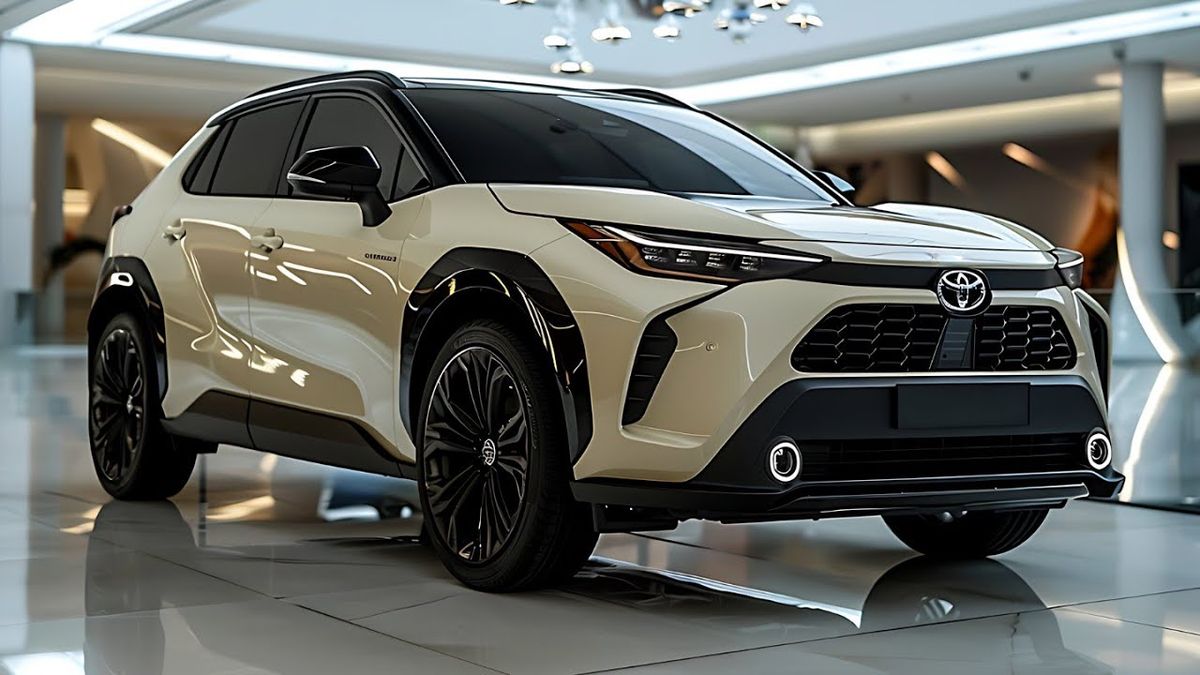SUVs are the go-to vehicle for folks who need space, practicality, and a little extra muscle on the road. But not all SUVs are created equal—some run like champs even after crossing the 200,000-mile mark, while others start rattling after just a few years. If you’re working with a tight budget, you want to avoid buying a money pit disguised as a family hauler.
In this article, we’ll break down five affordable SUVs that are known for lasting forever—the kind of rides that just won’t quit, even after years of hard use. Then, we’ll look at five SUVs that may seem like a good deal at first, but they fall apart quicker than expected, thanks to poor build quality, design flaws, or just terrible reliability.
This isn’t just about name brands or popularity—we’re talking real-world reliability, repair frequency, and owner feedback. If you’re car shopping and want something that won’t break the bank or break down constantly, stick around. We’re naming names.
5 Affordable SUVs That Last Forever
Not all budget SUVs are built cheap—some are built to last. If you’re hunting for a reliable ride that won’t break the bank or fall apart after 100,000 miles, you’re in the right place.
These five affordable SUVs have a rock-solid reputation for longevity, low maintenance costs, and the kind of dependability that makes them smart long-term investments.
1. Toyota RAV4 (Especially 2012–2018 Models)
Toyota’s reputation for reliability didn’t just appear out of thin air, and the RAV4 is a huge reason why. This compact SUV is like that one friend who always shows up, rain or shine. It’s simple, efficient, and almost boring in the best way. Especially if you stick with the 2012–2018 models, you get a no-nonsense 4-cylinder engine, smooth automatic transmission, and little to no drama.
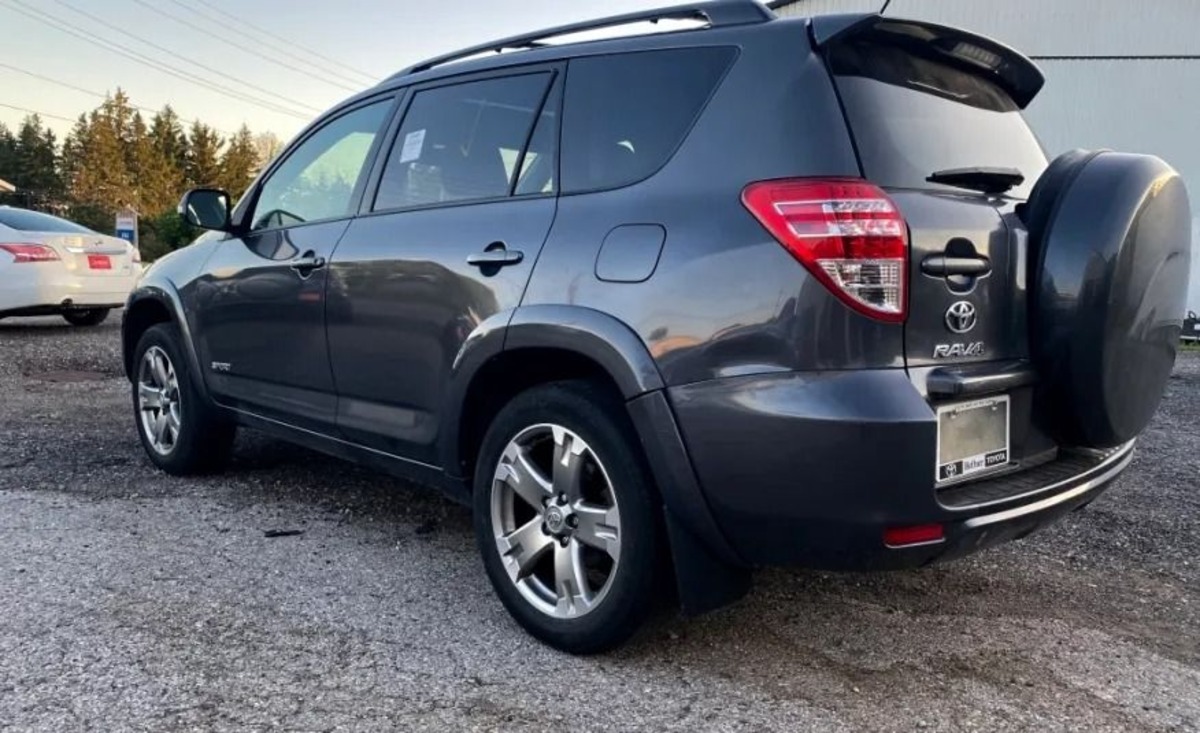
People drive these past 250,000 miles without major issues, and that’s not some rare miracle—it’s pretty normal. The RAV4 is built to last, with a strong frame, proven powertrain, and zero over-the-top gimmicks that might break later.
Parts are cheap, maintenance is straightforward, and you don’t need to be a mechanic to keep it running. It’s not the most stylish SUV, but it nails the basics: good fuel economy, comfortable ride, and enough cargo space for a Costco run.
You can usually find well-maintained used models under $15,000, making it a killer deal if you’re hunting for long-term value. If reliability is your top priority, the Toyota RAV4 won’t disappoint. It’s not flashy, but it’s as dependable as they come.
ALSO READ: 5 Trucks With The Best Factory Builds and 5 With Common Frame Issues
2. Honda CR-V (2007–2016 Models)
Honda’s CR-V is like Toyota’s RAV4’s equally reliable cousin. These things just don’t die. Seriously—owners often put 200,000+ miles on them with only basic upkeep. And the best part? They’re still pretty affordable, even in the used market.
The 2007–2016 models are particularly good picks. The 2.4-liter 4-cylinder engine is a workhorse, and the transmission is smooth and dependable. You don’t get wild performance, but you do get a vehicle that starts every morning, no matter the weather.
There’s also a lot of practicality baked in. The back seats fold flat, the cargo area is spacious, and visibility is top-notch. Plus, Hondas have a huge aftermarket and parts support community, which makes repairs less painful if they do pop up.
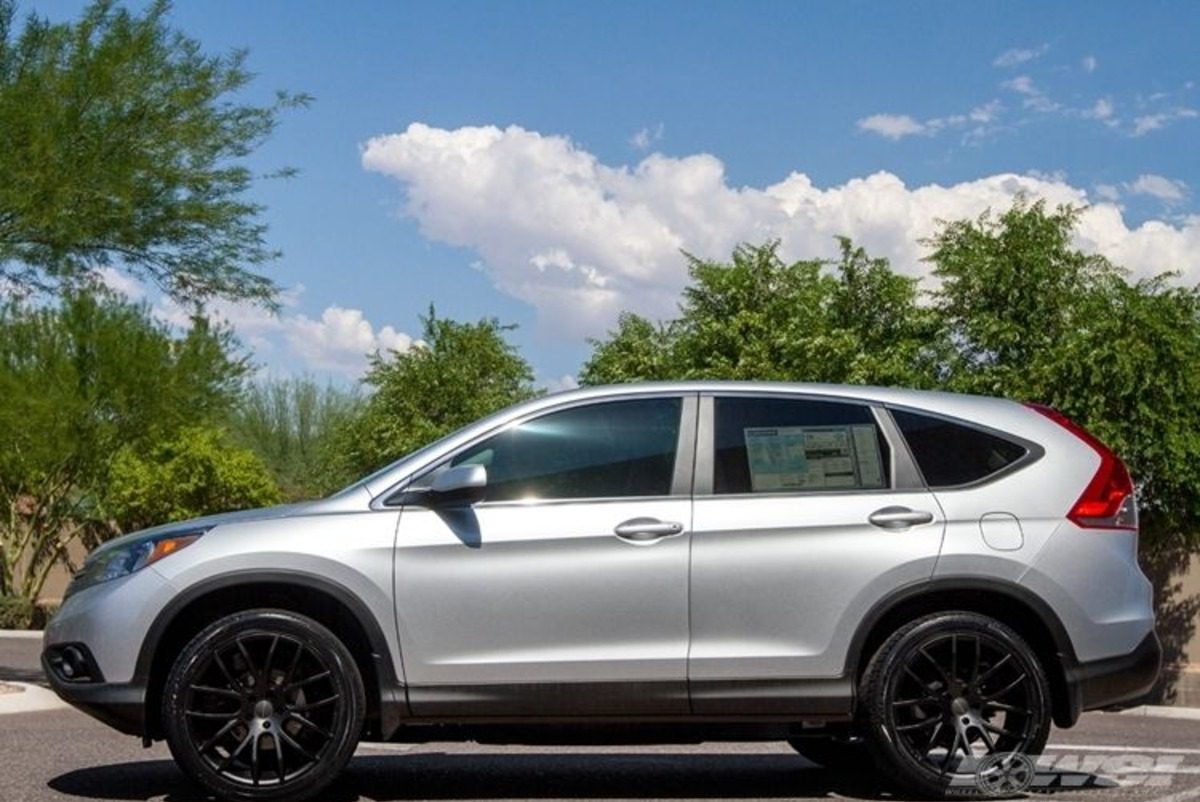
The only major complaints usually involve minor suspension wear or A/C issues—not catastrophic stuff. If you get one that’s been regularly serviced, you’ll likely get years of low-maintenance driving.
The CR-V is one of the safest bets for anyone looking for an affordable SUV that’ll last well beyond 150,000 miles without turning into a money pit.
3. Subaru Forester (2010–2018 Models)
The Subaru Forester has its quirks, but one thing’s for sure—when it’s taken care of, it’s built like a tank. These are perfect for people who want a practical SUV with all-wheel drive and real-world durability.
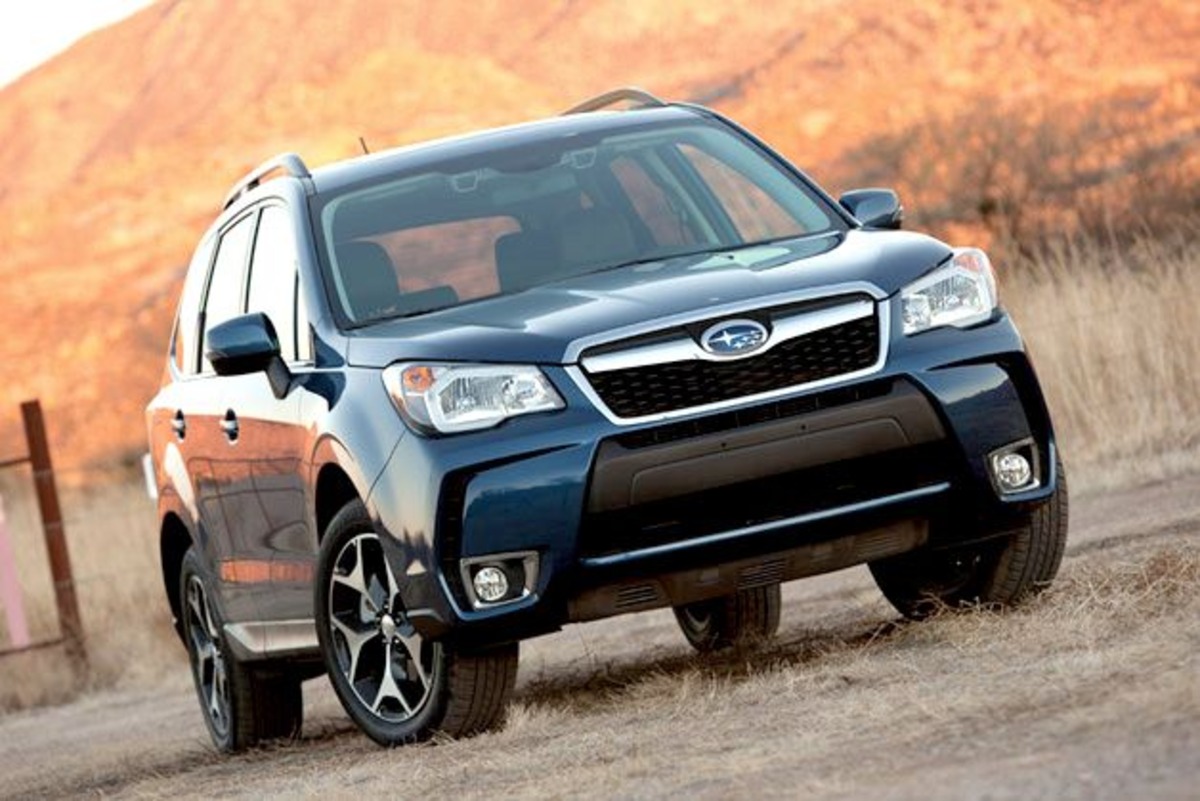
The 2010–2018 Foresters hit the sweet spot between simplicity and capability. The engines (especially the non-turbo 2.5L ones) are solid when maintained, and the symmetrical AWD system is one of the best you’ll find in a non-luxury SUV.
You get rugged versatility, generous cargo space, and a surprisingly comfy interior. It’s great for snowy climates, weekend camping, or just running errands without worrying if the car can handle it.
Some models had head gasket issues, but Subaru addressed those in later years. As long as you do regular oil changes and don’t neglect it, the Forester keeps on going. These things rack up miles like it’s nothing.
For outdoorsy types or folks living where the roads get sketchy, the Forester is a solid long-term SUV that won’t wreck your wallet.
4. Lexus RX 350 (2009–2015 Models)
Yes, it’s a Lexus, but you’d be surprised how affordable a used RX 350 can be. And when it comes to durability, this thing is practically bulletproof.
The RX 350 is built on the same reliability DNA as Toyota, but with a smoother ride, better interior materials, and a few luxury perks. The 3.5-liter V6 under the hood is one of the most dependable engines out there—it’ll run for ages if you do basic maintenance.
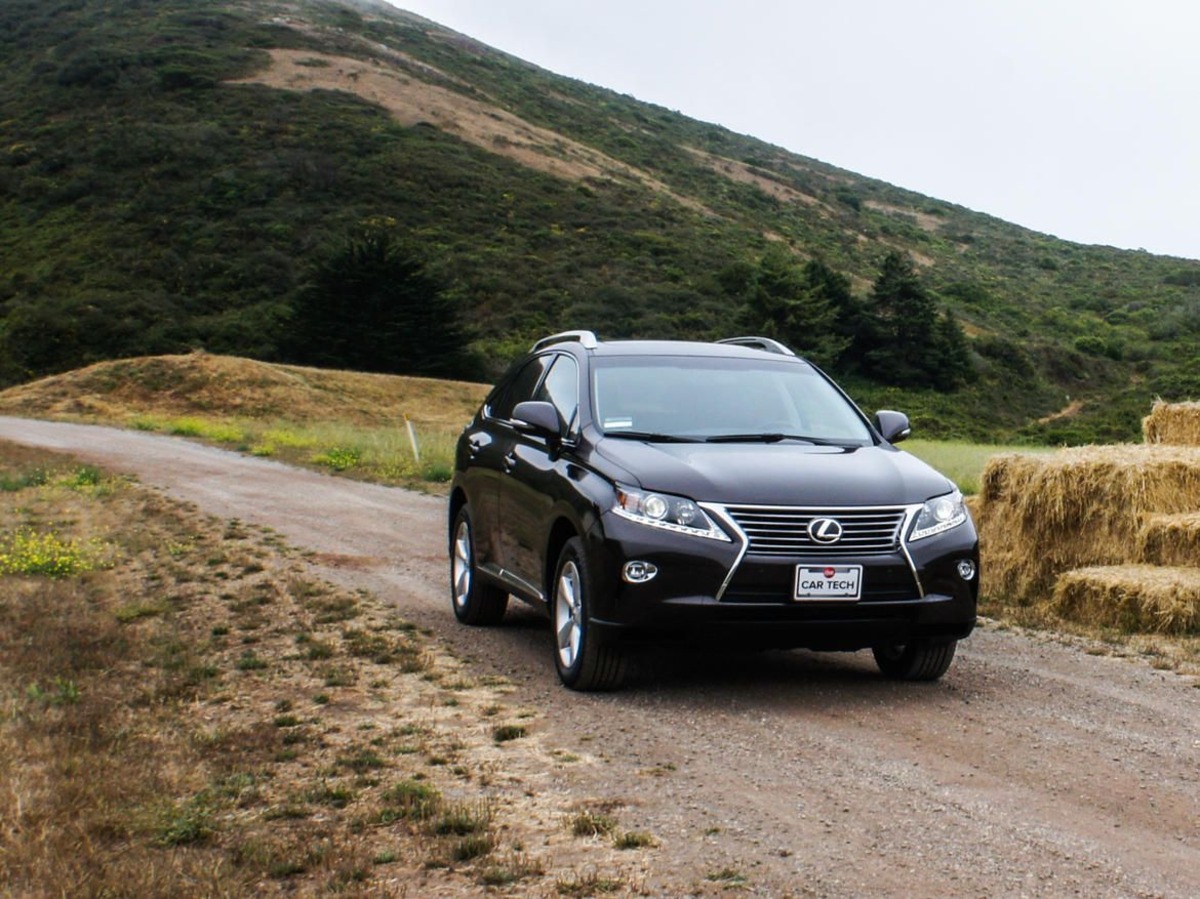
Unlike some other luxury SUVs, this one doesn’t come with insane repair bills or fragile electronics. The RX is famous for being easy to own long-term. Even after 150,000 miles, these still feel solid, quiet, and comfortable.
Sure, the fuel economy isn’t amazing, but that’s about the only real downside. If you can find one with good service records for under $15K, you’re basically winning.
The bottom line is that it’s a luxury SUV you can own without sweating every little noise or ding—long-lasting, classy, and not a budget killer.
5. Ford Escape (2012–2019 with 2.5L Engine)
This one might surprise you, but hear me out—the Ford Escape with the 2.5L naturally aspirated engine (not the EcoBoost versions) is way more durable than most people give it credit for.
It’s a simple setup. No turbo to blow, no overly complex drivetrain—just a solid 4-cylinder engine and a straightforward 6-speed transmission. It doesn’t break land-speed records, but it starts every time and gets you where you need to go.
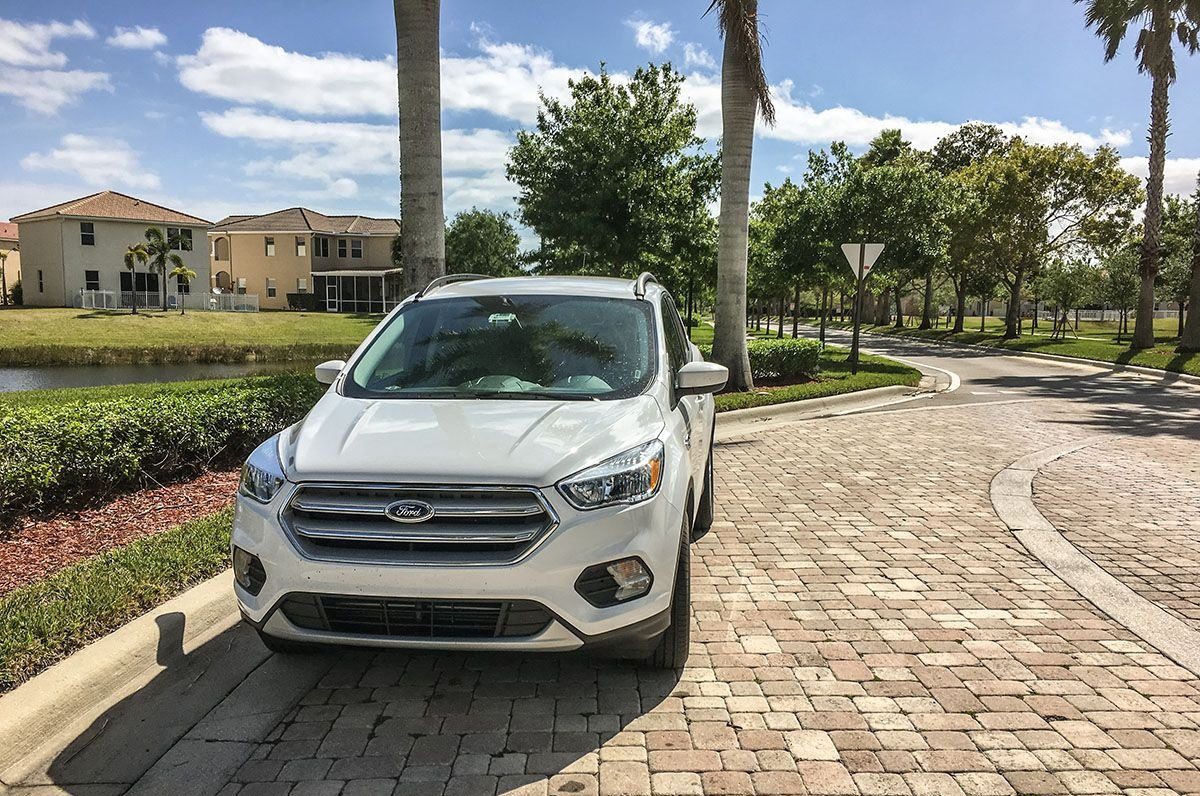
You’ll want to avoid the EcoBoost versions, which are known for overheating and turbo issues. But the base engine? Super reliable. You can regularly find 2015–2018 Escapes under $10K with decent mileage.
Plus, maintenance costs are lower than many imports. The interior is basic, but functional, and the cargo space is great for its class. The base model Escape is a sneaky-good pick if you want an SUV that’ll go the distance without draining your bank account.
5 Affordable SUVs That Fall Apart Quickly
Just because an SUV is cheap doesn’t mean it’s a good deal. Some affordable models look great on the lot but start falling apart not long after you drive them off.
From unreliable engines to weak transmissions and constant repairs, these five budget SUVs are known for giving owners more headaches than highway miles. If long-term value matters to you, these are the ones to steer clear of.
1. Jeep Compass (2007–2017 Models)
On paper, the Jeep Compass looks like a decent compact SUV. In reality? It’s kind of a disaster. Owners have reported everything from transmission failures to electrical gremlins—and often within the first 100,000 miles.
The interior feels cheap, the build quality is spotty, and the CVT (continuously variable transmission) used in earlier models is notorious for early failure. It’s not just one bad model year, either—it’s a decade-long trend of mediocrity.
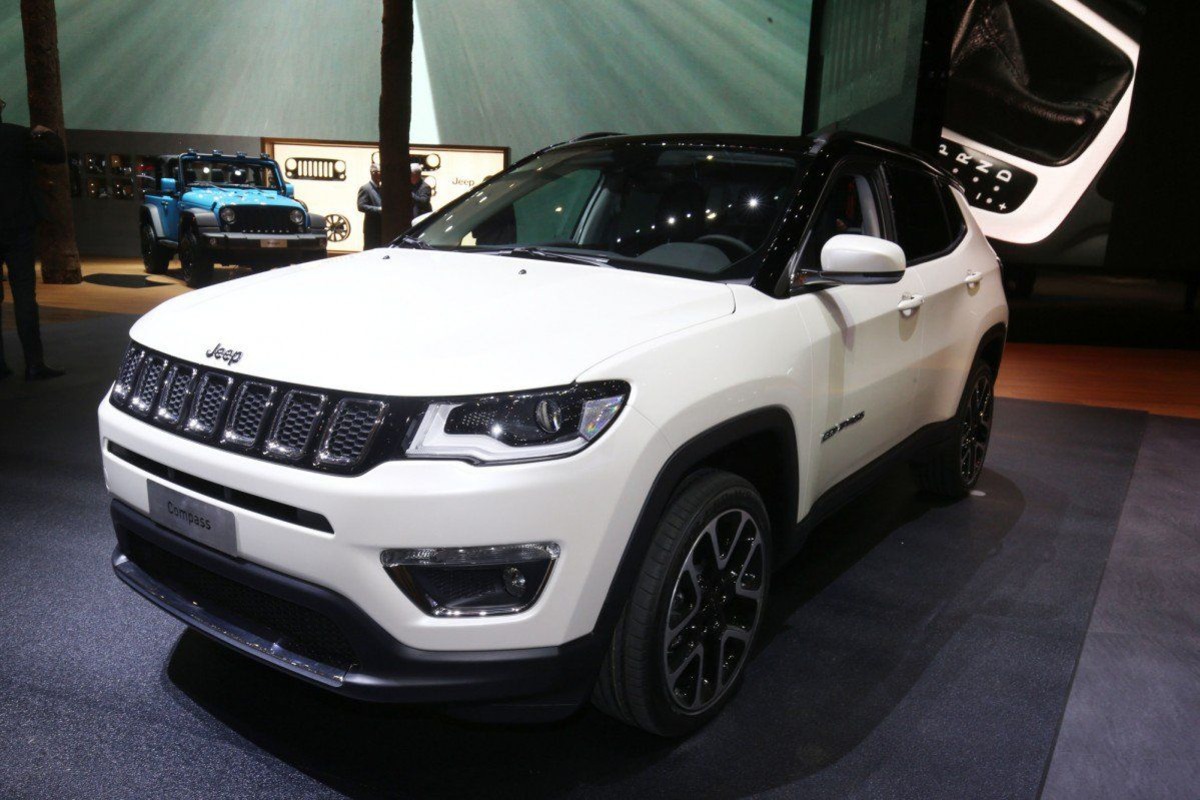
Sure, it has that “Jeep” badge and rugged look, but underneath? It doesn’t live up to the promise. Suspension components wear out fast, and repairs can be expensive relative to the value of the car.
Even if you find a cheap one, you’ll likely spend more on repairs than the SUV is worth. If you want a Jeep, save up for a Wrangler or Grand Cherokee. The Compass is too much headache for too little reward.
ALSO READ: 5 Luxury Cars That Age Like Fine Wine and 5 That Age Like Milk
2. Chevrolet Equinox (2010–2015 Models)
The Chevy Equinox had high hopes, but it’s been plagued with problems, especially the 2.4L engine. Excessive oil consumption is a huge issue, with some engines burning a quart every 1,000 miles.
Combine that with failing timing chains, A/C system malfunctions, and engine stalls, and you’ve got a recipe for frustration. Some owners have had to replace engines entirely before hitting 100K miles.
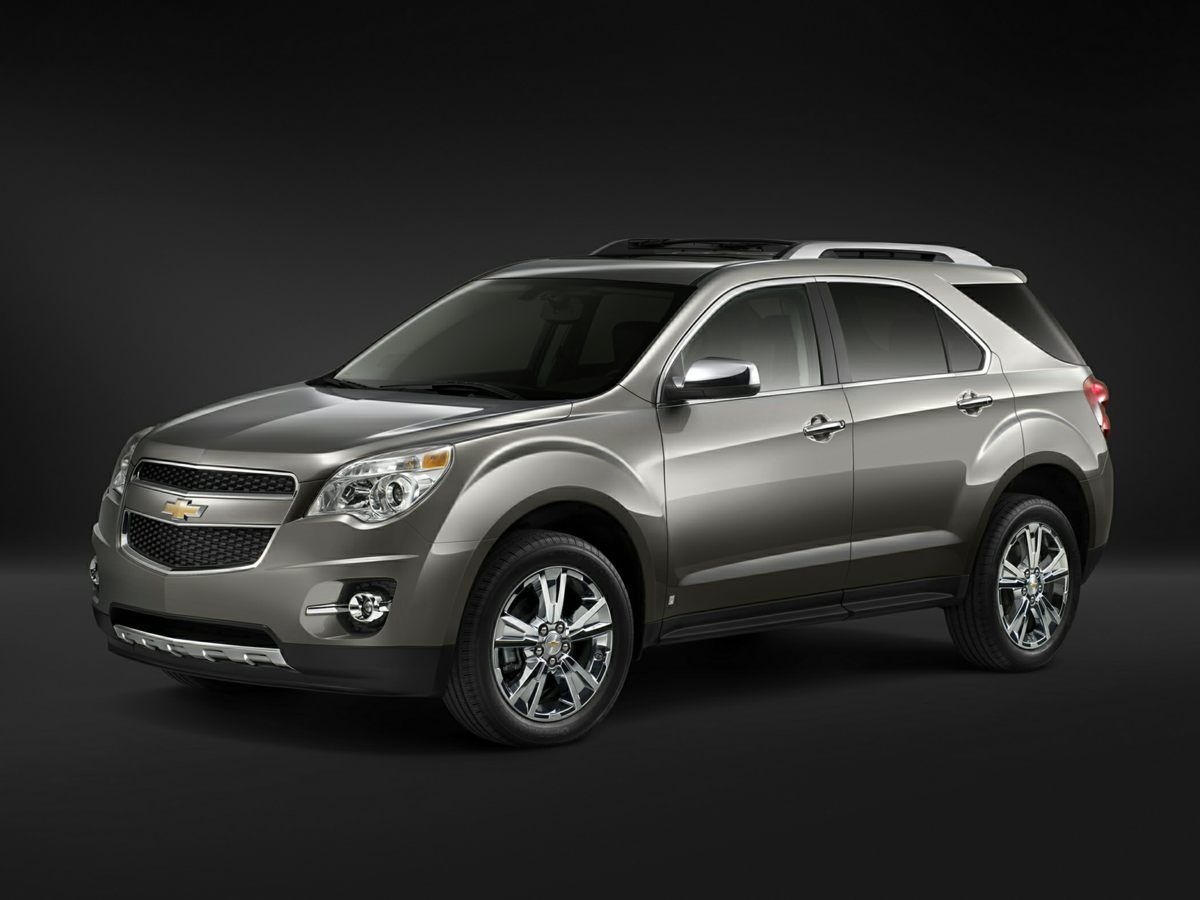
Transmission issues are also common, especially in earlier models. Throw in cheaply made interior components and questionable electronics, and you’re paying to babysit your SUV.
Even though the Equinox often looks like a great deal used, the long-term cost can add up fast. Unless you’re getting one dirt cheap and don’t mind rolling the dice, skip it.
Verdict? It might be affordable up front, but you’ll likely pay for it later—in cash, time, and headaches.
3. Dodge Journey (2009–2020 Models)
The Dodge Journey tried to be everything to everyone—family hauler, budget SUV, cargo mover. Instead, it ended up being forgettable and frustrating.
The 4-cylinder engine is underpowered, and the 6-cylinder models don’t do much better. Owners complain about frequent electrical problems, cheap interior finishes, and failing HVAC systems.
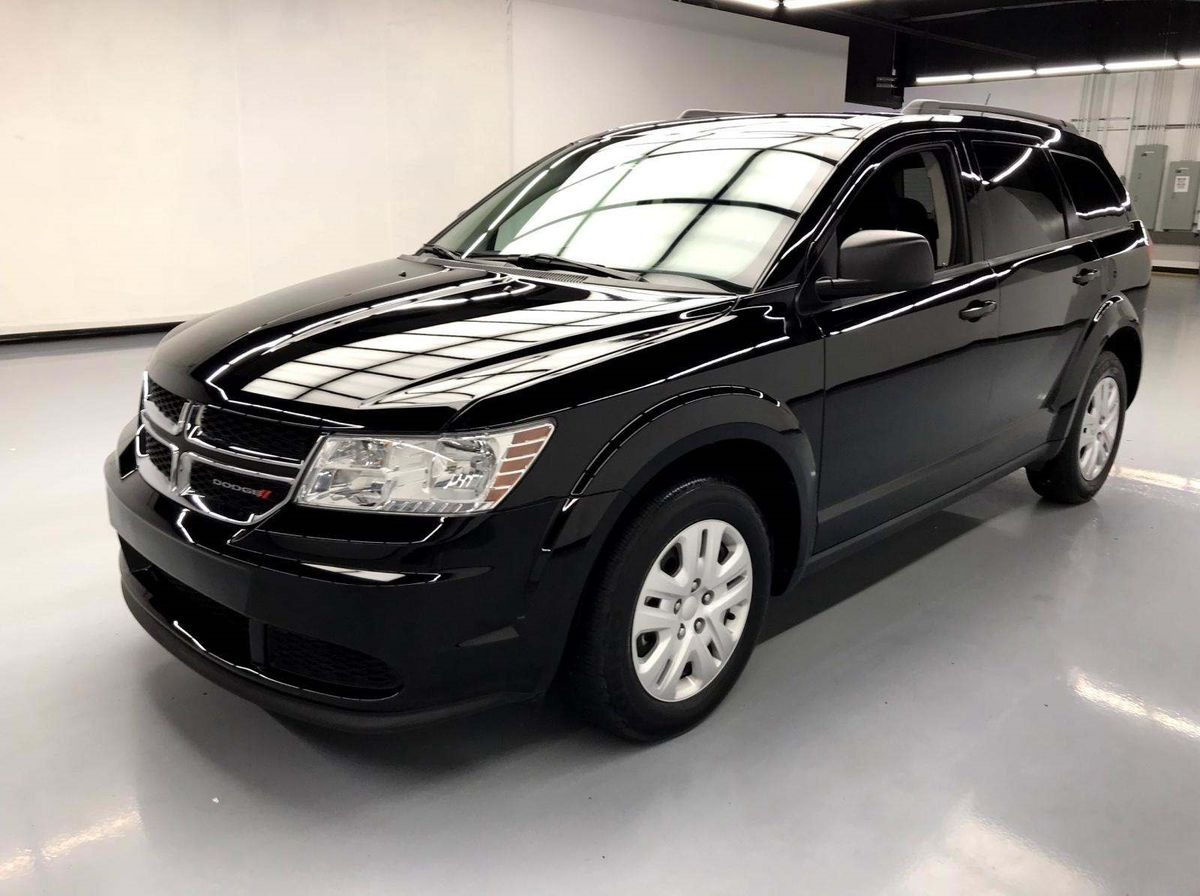
The Journey also holds the dubious honor of being one of the least reliable midsize SUVs of its generation. Transmission failures, brake wear, and suspension issues pop up regularly.
And despite being on the market for over a decade, it never really got better. Dodge just kept pushing out the same mediocre design with minor tweaks.
Even used, it’s not a smart buy. Depreciation hits hard, resale value is trash, and repair bills can stack up quickly.
In short, It looks affordable, but the Dodge Journey is a long-term letdown.
4. Nissan Rogue (2013–2016 Models)
Nissan’s Rogue could’ve been a hit—it had the looks, good fuel economy, and modern features. But it got dragged down by one major issue: the CVT transmission.
These transmissions have a horrible track record. Jerking, slipping, overheating—you name it. Nissan even had to extend warranties and issue service bulletins because of the constant complaints.
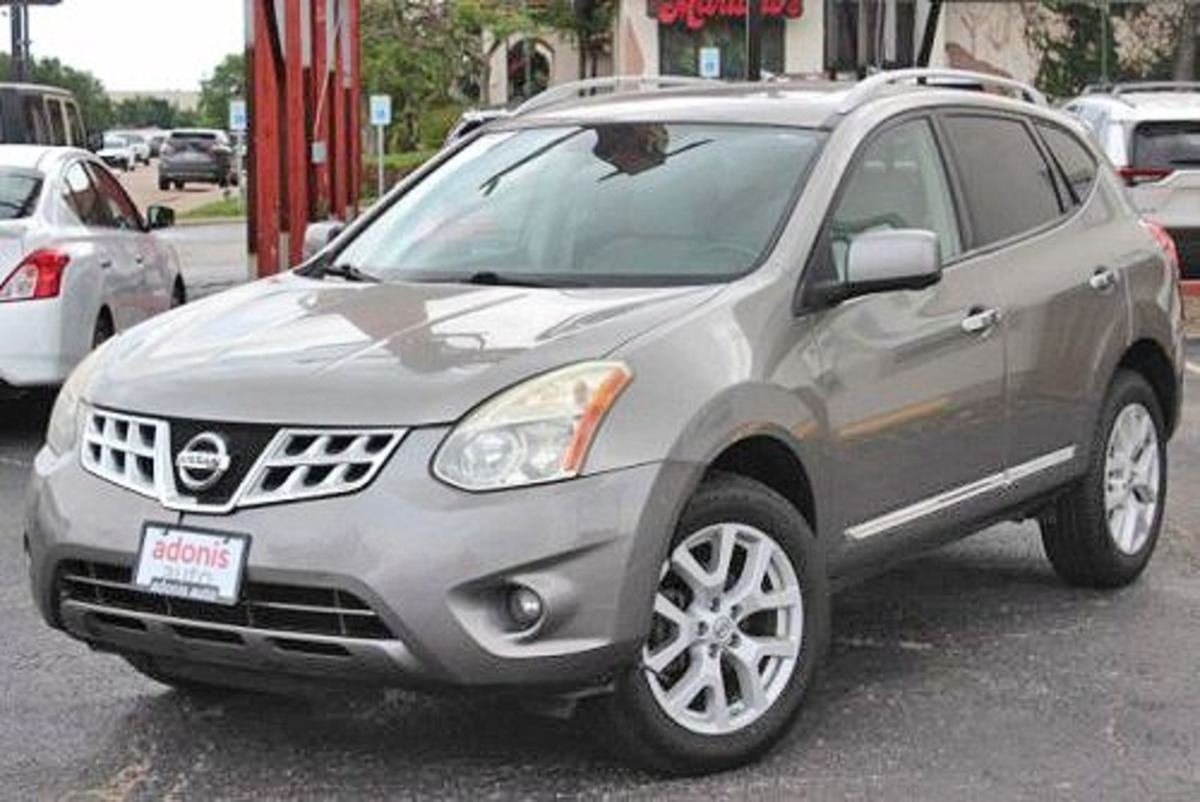
Once the CVT starts failing (usually around 80K–100K miles), you’re looking at a $3,000–$4,000 repair. Not worth it on a budget SUV.
To make things worse, the interior wears quickly, the infotainment system is clunky, and road noise is loud. Owners often trade these in out of frustration, long before 150K miles. Unless you’re getting one for next to nothing and it has a brand-new transmission, don’t bother.
5. Mitsubishi Outlander Sport (2011–2017 Models)
This one might seem like a solid budget choice, but the Outlander Sport suffers from chronic quality control issues.
The CVT is unrefined, the engine is noisy and underpowered, and reliability ratings are consistently below average. Owners report everything from blown suspension parts to weird electrical failures.
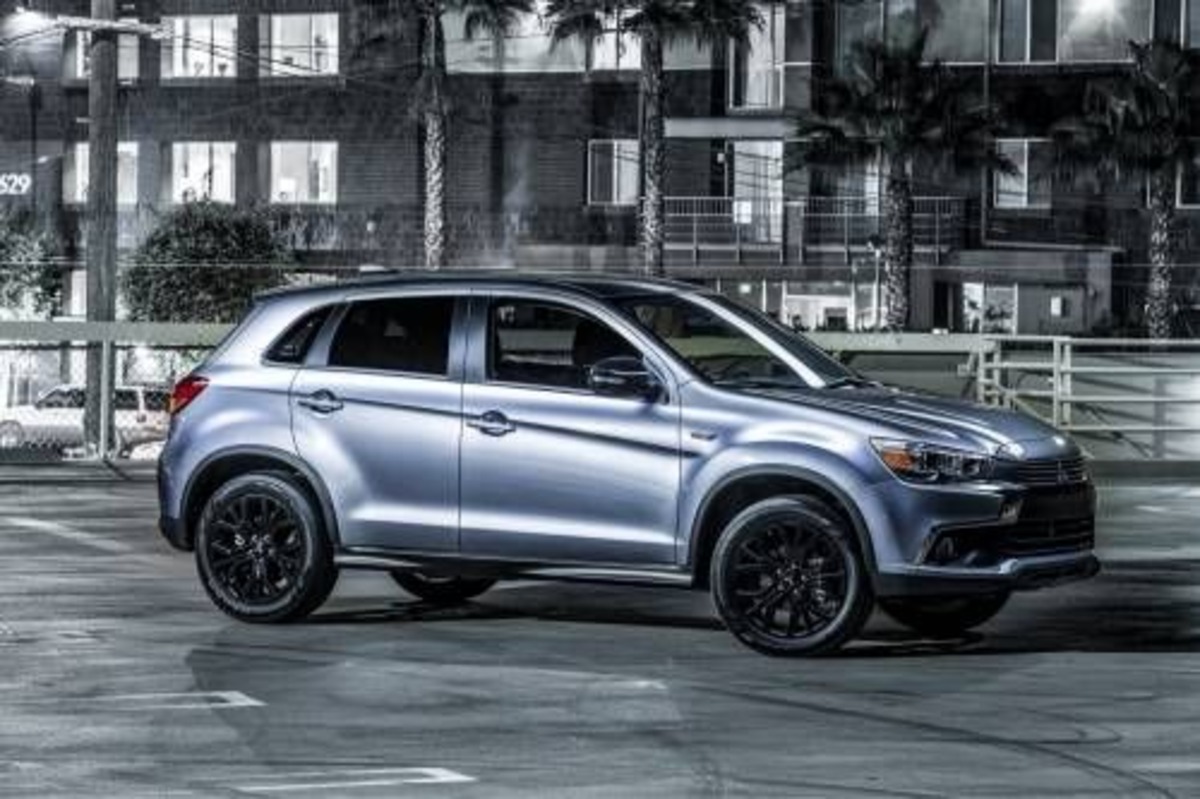
On top of that, interior materials feel bargain-bin cheap, and resale value is dismal. Even with regular maintenance, these things just don’t hold up well over time.
The Outlander Sport tries to look rugged, but it doesn’t drive like it, and it doesn’t last like it. You’ll probably spend more time in the shop than on the road once it hits 100K.
There are better ways to spend your money if you want a durable, affordable SUV. This isn’t one of them. When shopping for a budget SUV, it’s tempting to go for the lowest price tag. But if that SUV falls apart after a few years, it ends up costing way more in the long run.
That’s why it’s so important to know which models are truly built to last and which ones are just cleverly disguised headaches. The Toyota RAV4, Honda CR-V, Subaru Forester, Lexus RX 350, and base-engine Ford Escape have all proven themselves with high mileage reliability, affordable upkeep, and happy long-term owners.
On the flip side, SUVs like the Jeep Compass, Chevy Equinox, Dodge Journey, Nissan Rogue, and Mitsubishi Outlander Sport might look like solid deals upfront, but they tend to fall apart early and come with higher maintenance headaches.
If you’re working with a tight budget and want a car that goes the distance, stick with the proven performers. Look for clean service histories, avoid problematic engines and transmissions, and don’t get distracted by flashy features if the guts of the car are unreliable.
Because at the end of the day, the best SUV isn’t the one with the fanciest dashboard—it’s the one that’s still running when you need it most.

